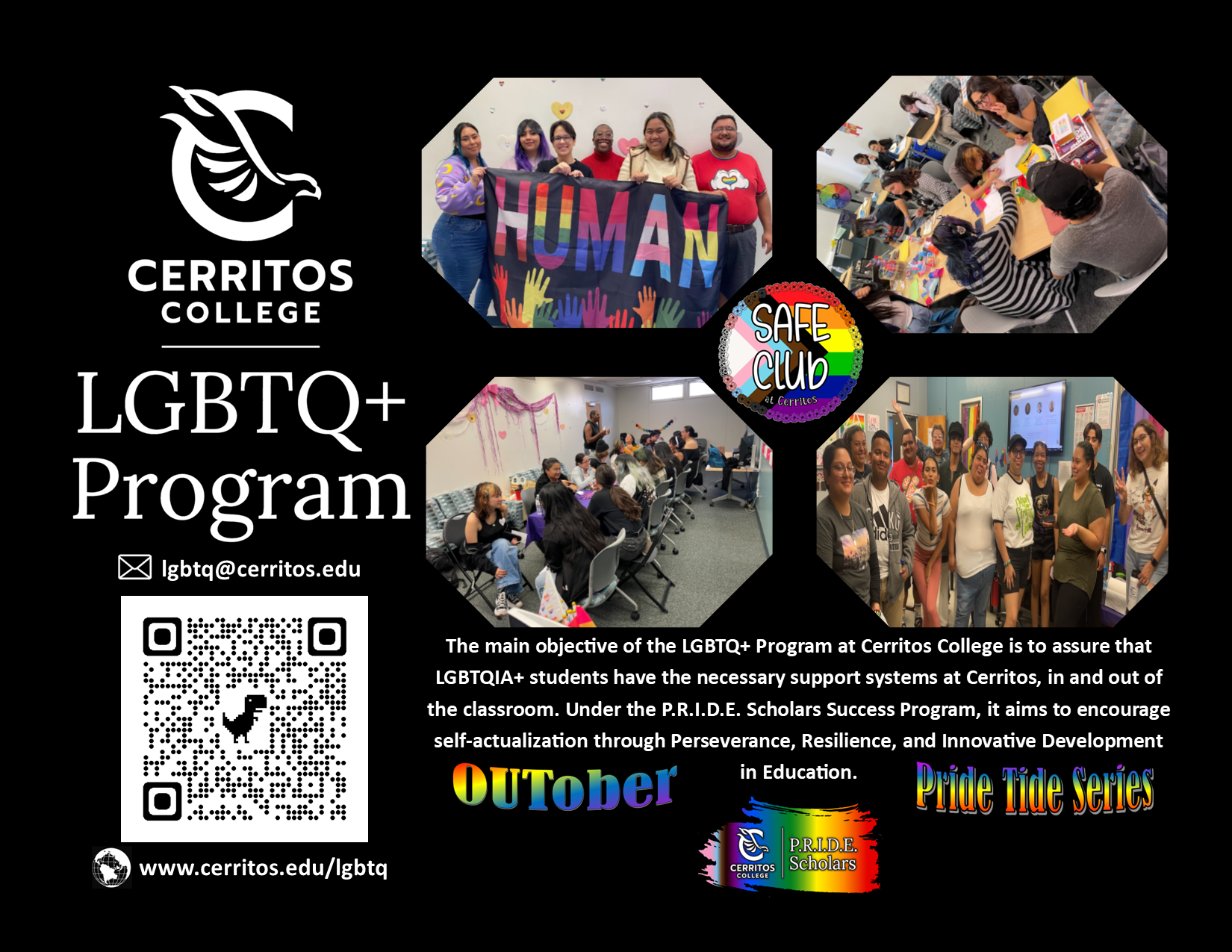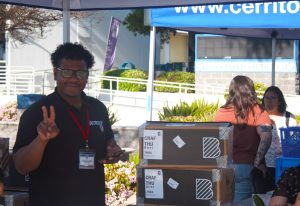Eighteen percent of the world’s population can’t see 3-D images, well tough, because this is for the other 82 percent and sometimes times are tough.
Prepare to see Talon Marks as you have never seen it before. Talon Marks has decided to experiment with 3-D images in our print edition.
As readers pick up the newspaper, they will notice photos tagged with the 3-D glasses emblem and view them through the 3-D glasses provided with each copy of the paper.
Common knowledge dictates that college is a time for experimentation, but what happens when college students push too far? Some would say it results in disaster while others would say it sets a precedent of a new fad, trend and sometimes a standard.
With the recent revitalization of 3-D movies, video games and even TVs, it seems the next logical step would be for newspapers and other forms of media to follow suit.
Until now, 3-D has been relegated to more of a novelty than a mainstream media option. Perhaps 3-D images are something that we could possibly see in newspapers across the country in the near future.
However, with 18 percent of the world’s population unable to see the 3-D images because of various vision impairments, this does not seem to be the answer, but much like a fad—a temporary solution to maintain interest.
Until researchers figure out a way to project videos in newspapers, it seems as though the closest any reader will ever get to view real-life images is through viewing them in 3-D.
So what is it that 3-D has to offer? How can the print media use this feature for more than just novelty?
Other than running three dimensional photos, how else can newspapers utilize the technology? Perhaps the cornerstone of the print media—advertising—can hold some of the answers. After all, a 3-D Victoria Secret advertisement wouldn’t be eye-catching at all, would it?
Many in and out of the industry insist that newspapers are dying; to this, I say they are not dying, they are changing, and with this change come new ideas, new efforts and a responsibility to young journalists to keep print journalism alive.
The only feasible way for the industry to do this is by trying new, innovative ideas that draw readers in and give them something special.
Other then the reasons stated above, there is the aspect of students learning a new craft that conventional newspaper classes will not teach them.
Cerritos College Journalism instructor, Rich Cameron believes the benefits reach much deeper than just the obvious. “For staff members it is something for pride, but they’ve also learned a new PhotoShop skill. While they may never be called upon to repeat it, the fact that they 1) thought outside the box, and 2) had to learn new skill sets to accomplish it clearly are good reasons to do it,” he said.










